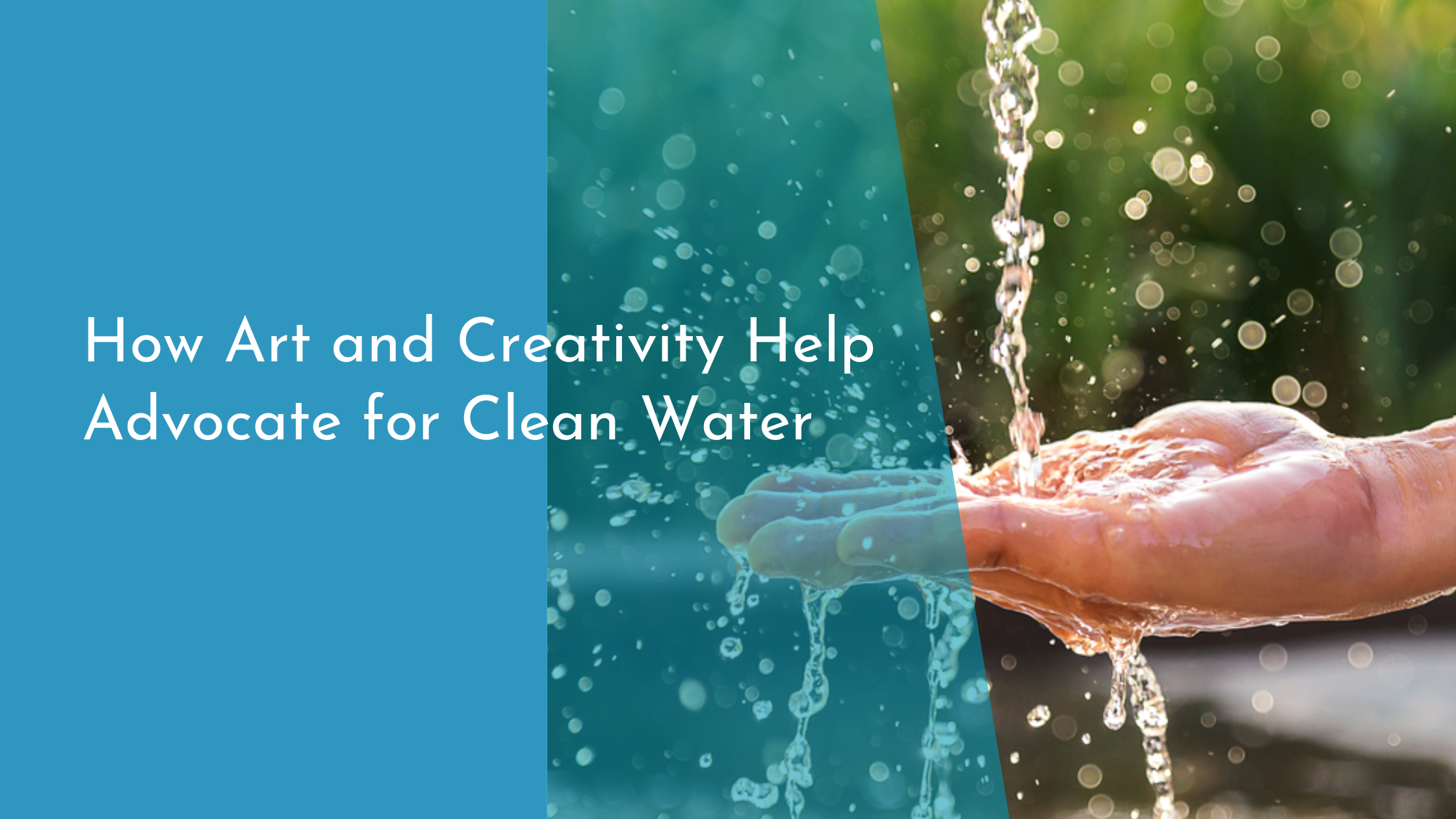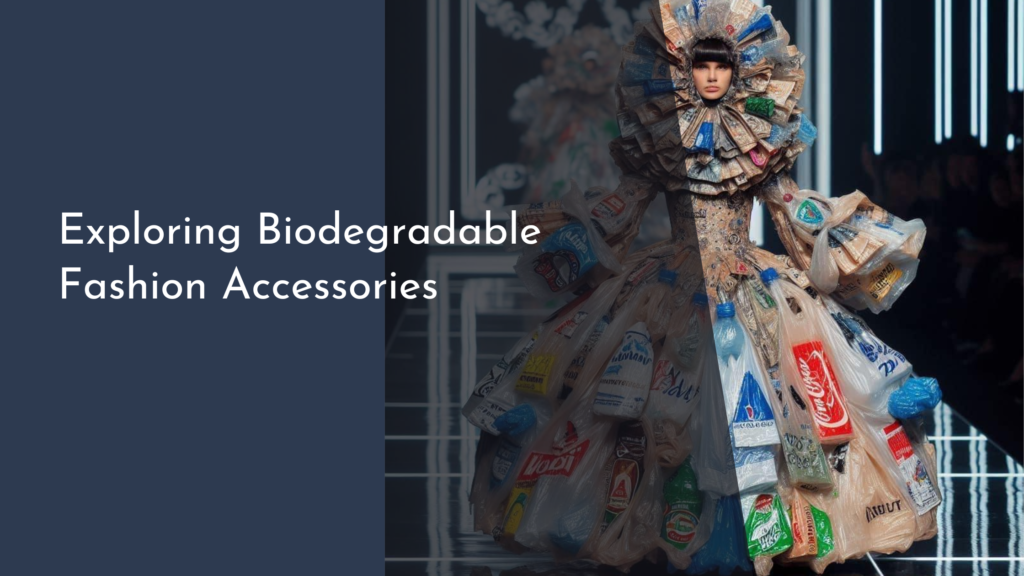How Art and Creativity Help Advocate for Clean Water
Art and creativity have long been powerful tools for social change, offering unique perspectives and fostering emotional connections with audiences. When it comes to advocating for clean water, artists and creative minds are using their talents to highlight the importance of this precious resource and inspire action. From eye-catching murals to thought-provoking installations, the intersection of art and advocacy is making waves in the clean water movement.
Exploring the Intersection of Art and Advocacy
Art has the ability to transcend language barriers and evoke emotions, making it an ideal medium for advocacy. In the realm of clean water, artists use their work to draw attention to issues such as water pollution, scarcity, and the global need for clean drinking water. By incorporating these themes into their art, they engage audiences and spark conversations about the importance of water conservation and the need for sustainable practices.
Moreover, the collaborative nature of art often brings together diverse groups of people, encouraging community involvement and participation in advocacy efforts. Workshops, public art projects, and exhibitions serve as platforms for education and discussion, where individuals can learn about water issues and contribute their own ideas and solutions. This intersection of art and advocacy not only raises awareness but also fosters a sense of community and shared responsibility for protecting our water resources.
Creative Campaigns for Water Conservation
Creative campaigns that incorporate art are becoming increasingly popular in the fight for clean water. These campaigns use visual storytelling and interactive elements to engage the public and ignite interest in water conservation. For instance, installations that mimic the effects of water scarcity or pollution can offer a visceral experience that resonates with viewers, compelling them to consider their own water usage and the broader impact on the environment.
Additionally, many campaigns leverage digital art and social media to reach a wider audience. Online platforms allow artists and advocates to share their work with millions, increasing the potential for global impact. Hashtags, virtual exhibitions, and multimedia projects create opportunities for individuals worldwide to participate in and support clean water initiatives. This digital dimension of creative campaigns not only amplifies their reach but also empowers individuals to become advocates in their own right.
Artists Making Waves for Clean Water Initiatives
Artists around the world are using their talents to champion clean water initiatives, often drawing on their personal experiences and cultural backgrounds for inspiration. For example, some artists create pieces that reflect the struggles of communities without access to clean water, personalizing the issue and fostering empathy. By telling these stories through art, they give a voice to those who are often unheard and emphasize the urgent need for change.
In addition to individual efforts, many artists collaborate with environmental organizations and non-profits to further amplify their impact. Through partnerships, they create public art installations, murals, and performances that highlight water issues and support fundraising efforts. These collaborations not only enhance the visibility of clean water initiatives but also provide artists with the resources and platforms to reach new audiences and drive meaningful change.
Conclusion: Art’s Impact on the Clean Water Movement
Art has proven to be an influential force in the clean water movement, both as a means of raising awareness and as a catalyst for action. By creating works that resonate with audiences on an emotional level, artists encourage individuals to consider their role in water conservation and inspire them to take part in advocacy efforts. The combination of visual appeal and powerful messaging makes art a compelling tool for driving environmental change.
As the global demand for clean water continues to rise, the role of art and creativity in advocacy will remain crucial. The unique ability of art to communicate complex issues and evoke empathy makes it an invaluable asset in the fight for sustainable water practices. Through continued collaboration, innovation, and creativity, artists and advocates can inspire a collective movement towards a future where clean water is accessible for all.


